Park Walk and Michaelerplatz
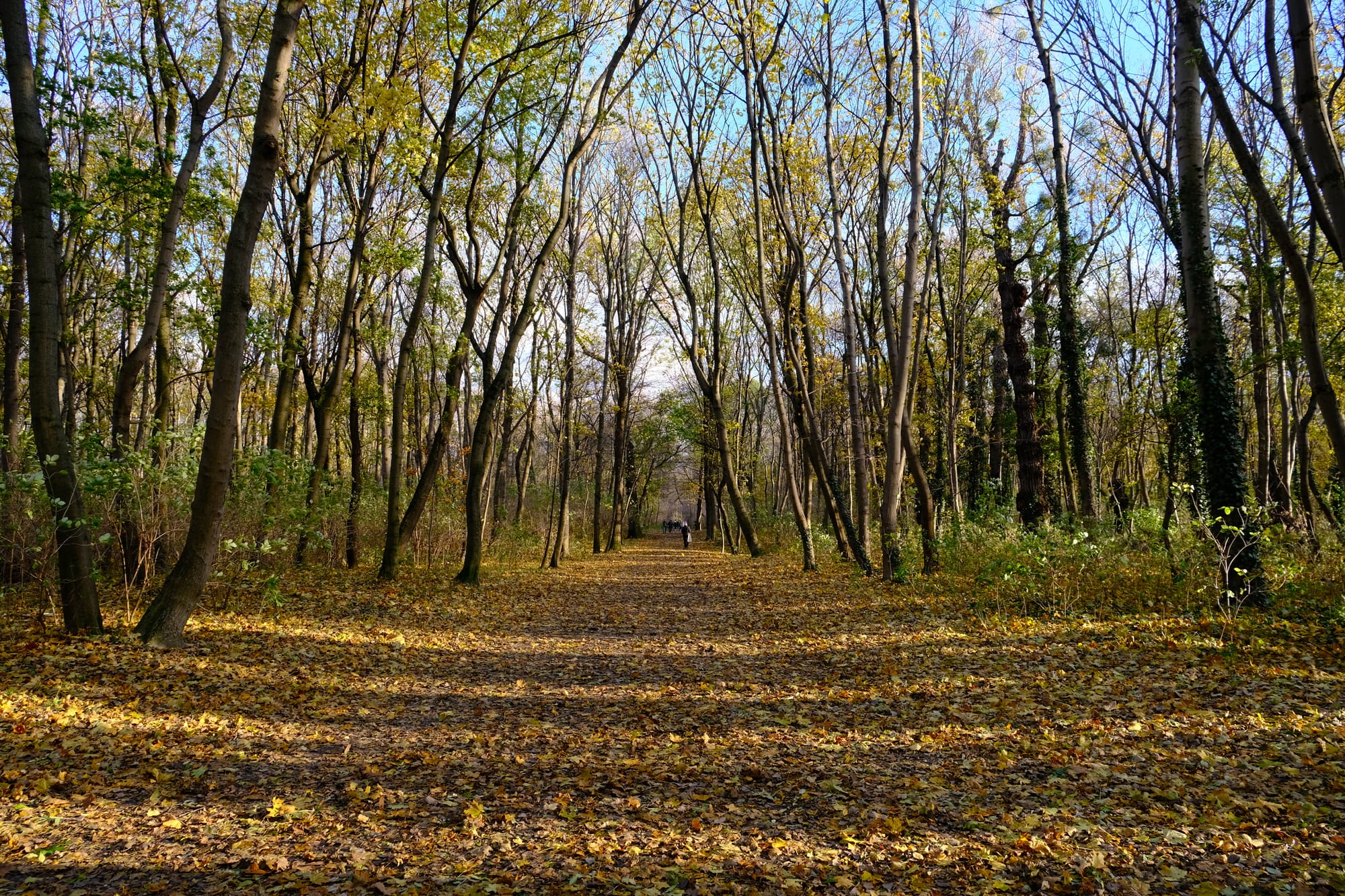
On Sunday the 26th of November I went for a walk at Park Prater. The park extended for quite a distance and it was located to the east of the main city centre of Vienna. Here was the location of Stadtwanderweg 9, which was my goal. This post will be a shorter one as this walk wasn't as picturesque as the previous one and I didn't take as many photos. Additionally I had to finish the hike earlier as the cold was getting to me in the late afternoon.
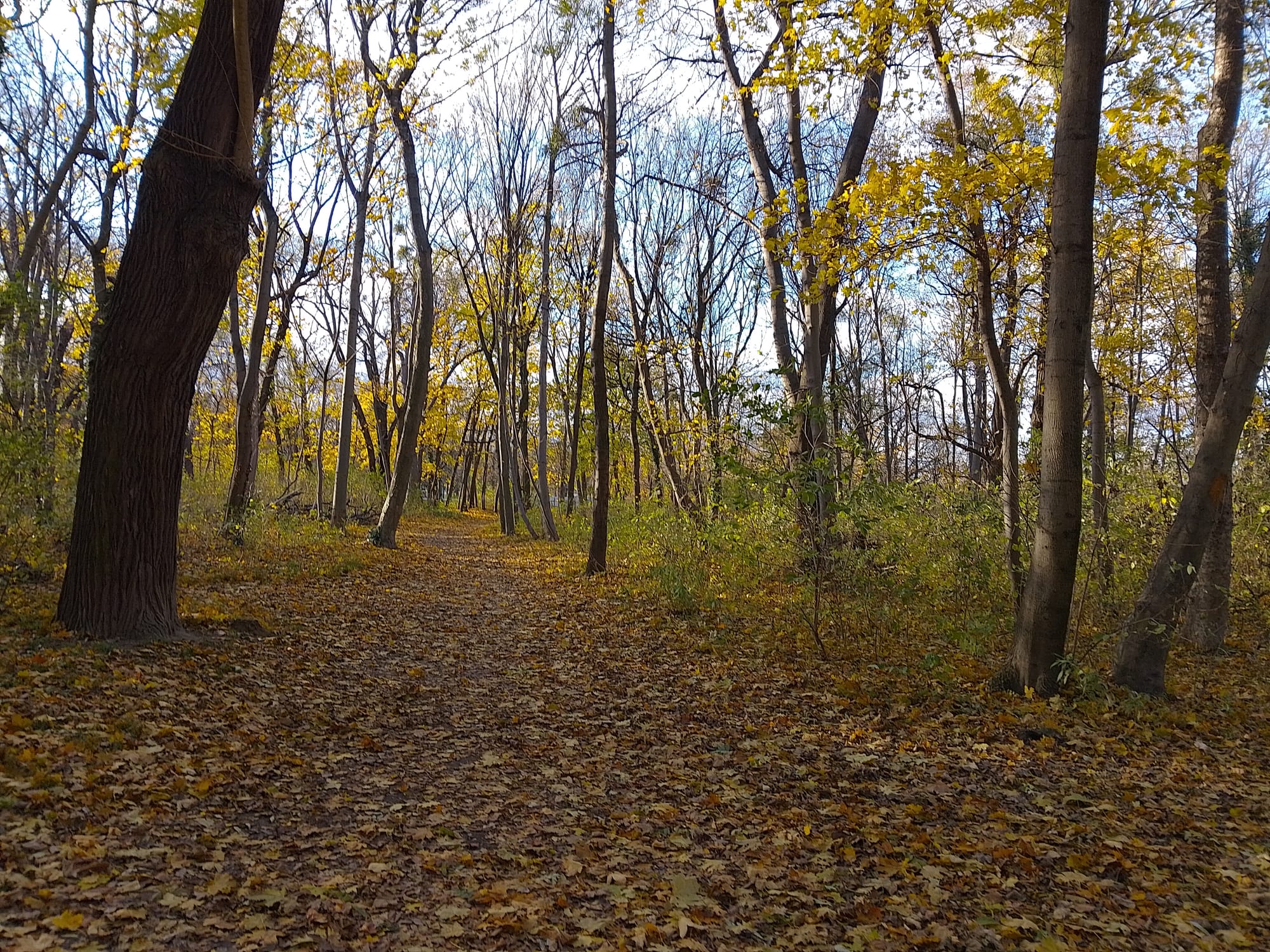
A lot of the path that I walked on was in more built up areas. There was this long straight road connecting various attractions in the park (part of it was an amusement park); but there were spots where the path wound through forested areas. These were my favourite sections. By this time autumn was well on its way and the paths were consistently covered in a carpet of leaves.
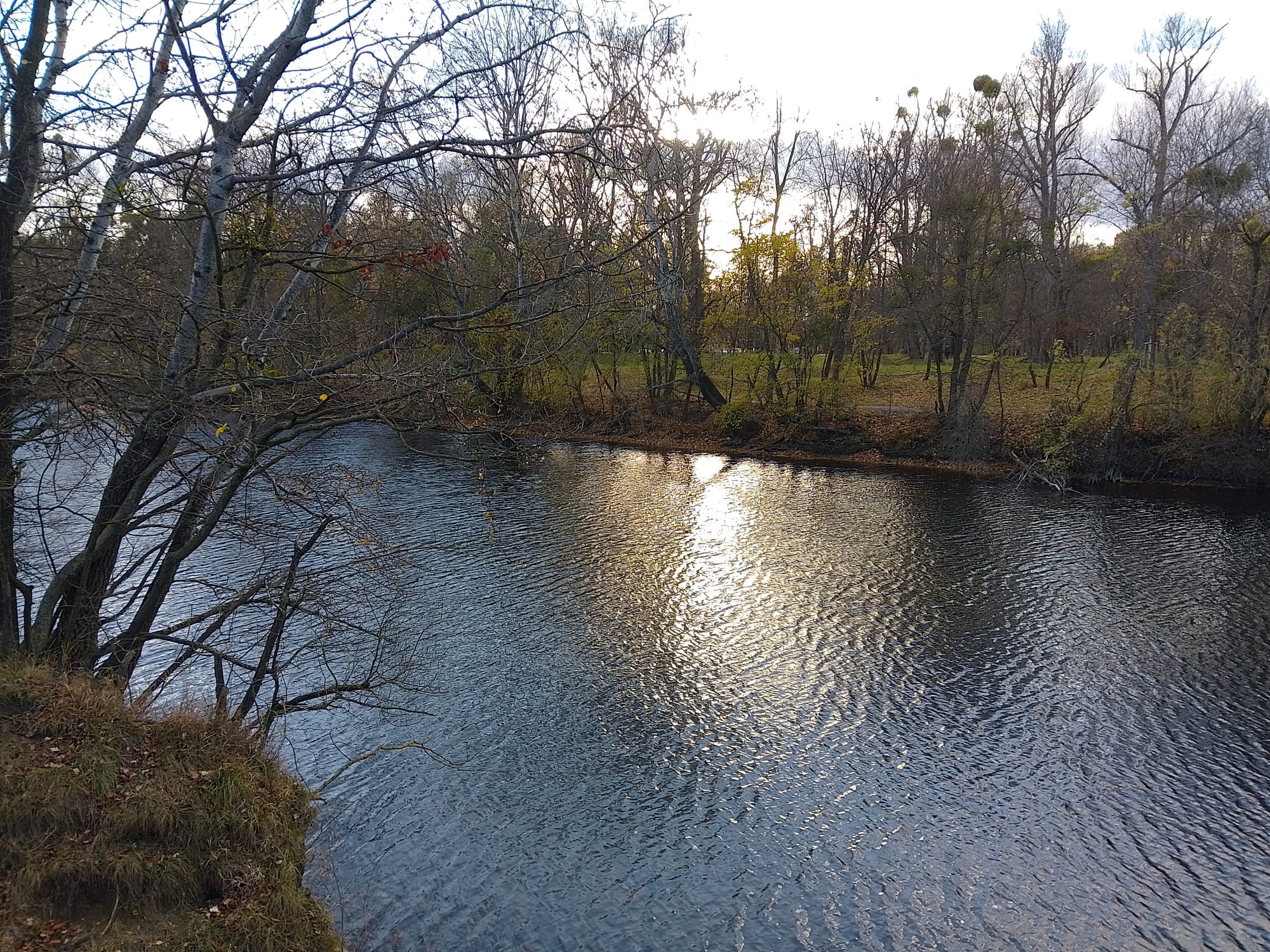
The park wasn't too far away from the Danube river. The above picture is not the Danube river (the Danube is huge) but there were sections of something like a lagoon that snaked its way through the park. The body of water was shaped like a river but looking on the maps I couldn't see it connecting to the main river. A section of the walk went along this particular lake.
Michaelerplatz
The first time I came to Michaelerplatz was on my first Sunday here and at that time it was filled with construction. My second time was at night with some friends from church who showed me that there were Roman ruins on display in the centre of the square. I was really fascinated by this and wanted to visit again during the day. This Sunday when I was returning to my apartment from the walk at Park Prater I decided to stop by Michaelerplatz.
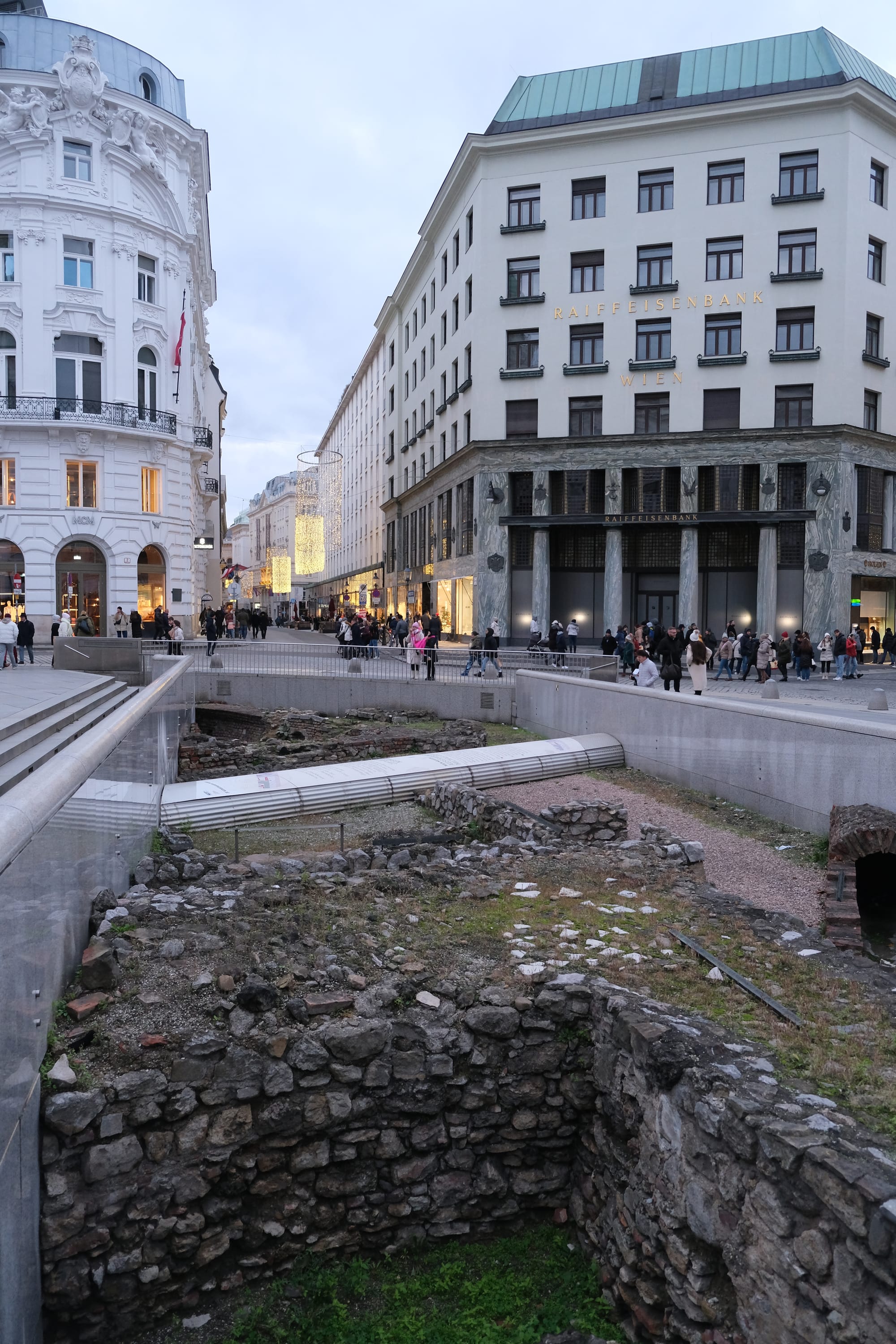
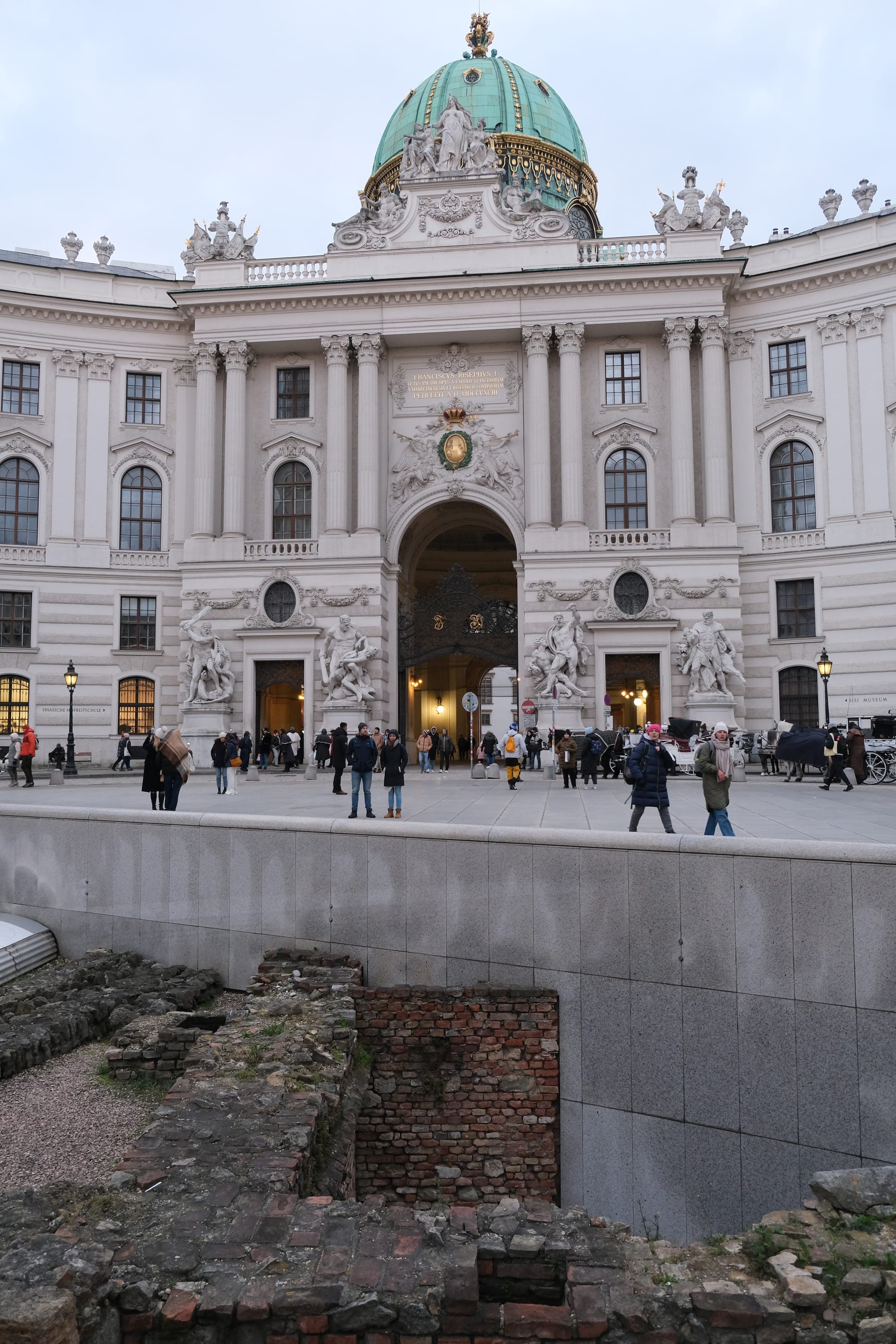
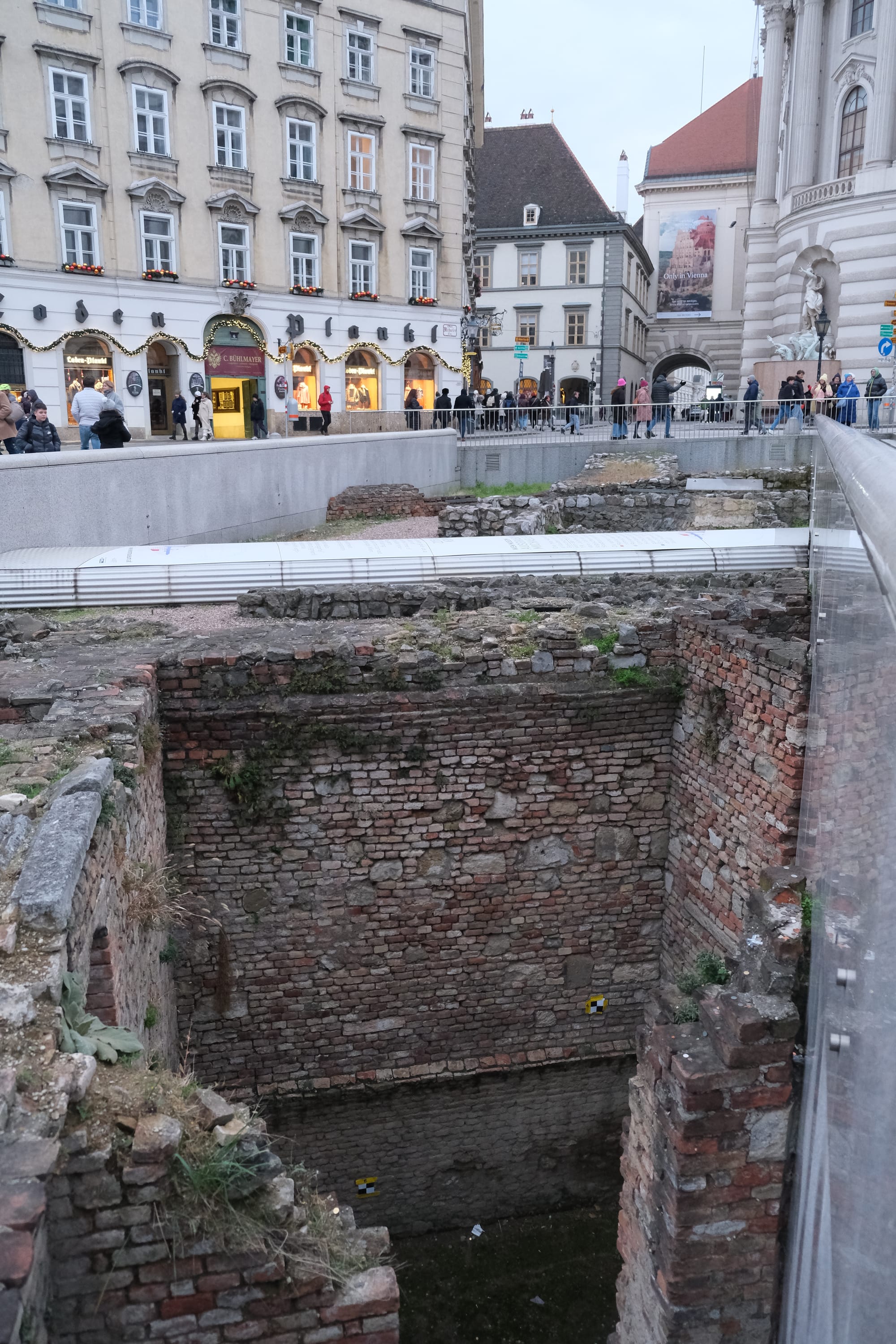
I found it pretty cool that in the busy square in the middle of the city (this square is right outside the Hofburg) was a display showing of the ruins that exist beneath the ground. The central bar you can see within the ruins is an information sign. According to the sign the ruins extend completely beneath the square and probably in much of the old city. In ancient times when a city was destroyed the rebuilding effort would just flatten the rubble and then built on top of it. This means that digging beneath a city can reveal layers of archeological history. Vienna was once at the very edge of the Roman empire and a fortress had been built here.
I struggled trying to get a good picture of the ruins as the angles weren't particular great. I didn't want to just focus on the ruins but rather capture the contrast between the ruins beneath and the modern city above. My strategy was to capture the images vertically as there was no other way for me to capture both the tops of the buildings, and the ruins beneath.
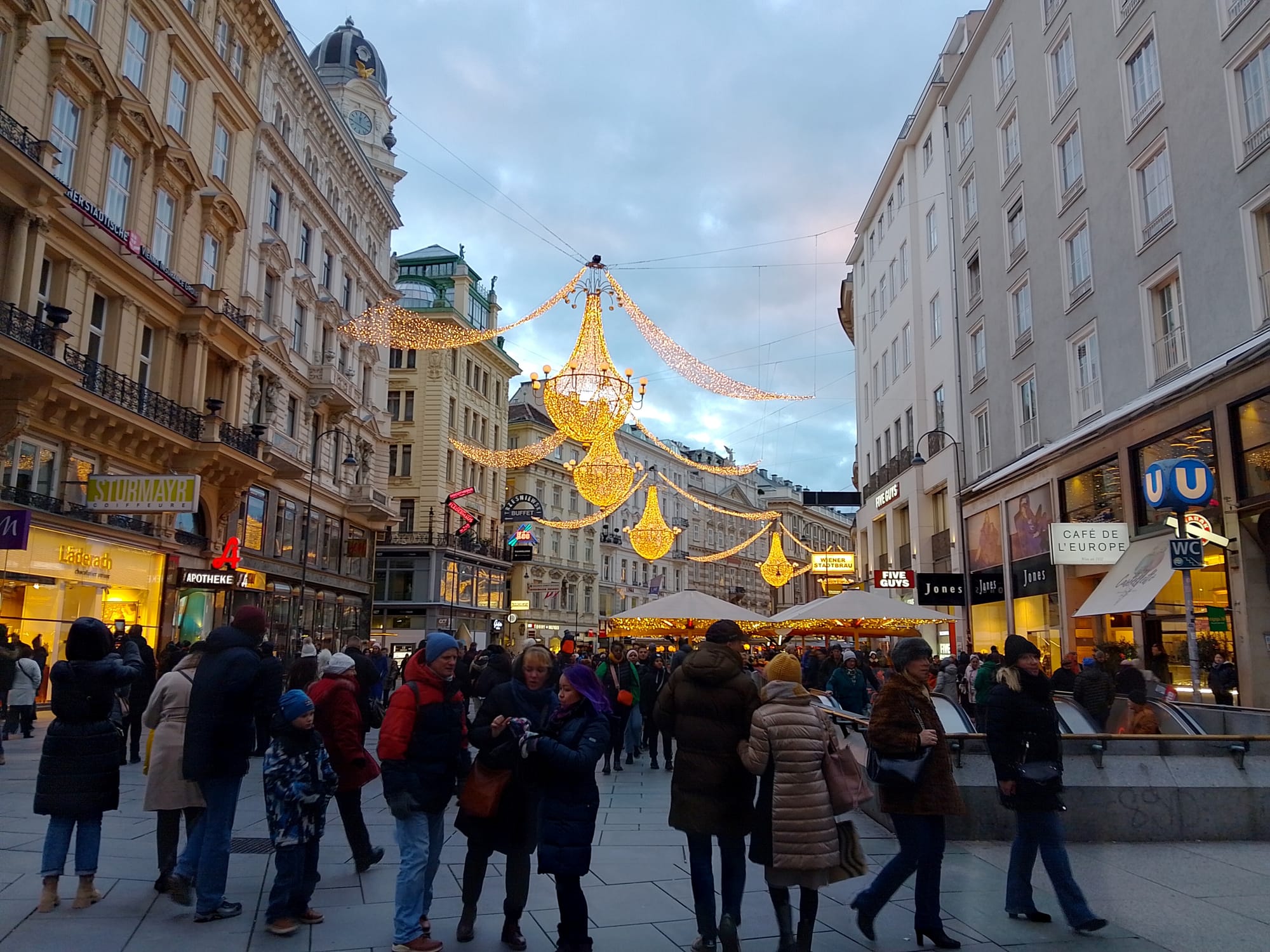
Final bonus picture, another street in the central city area showing of a different festive light display from those in my previous post. I liked these ones as well, shaped like chandeliers they almost turn the street into a busy ballroom.
Astute observes may notice that the events form this post actually occur before my last post of the Christmas markets. Normally I like to keep the posts in the order that the events happened but for this case I really wanted to release the Christmas markets post on Christmas eve.
Thanks for reading – Edward
Written 23rd of December 2023
Please comment below if you have any questions or thoughts on any pictures.